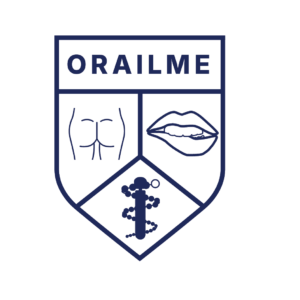Rochester Optical announced its commercial release of digital lens-optimized prescription lenses for Google Glass on Tuesday, April 15.
“A Google search will reveal that Rochester Optical is on the forefront of digital vision and prescription lenses,” Rochester Optical Smart Glass Team member Tim Moore said.
Named Smart GOLD (Glass Optimized Lens Design), the lens is designed and manufactured by Rochester Optical, a full-service optical manufacturer that offers specialty products and services.
Smart GOLD enhances the Google Glass experience for wearers who need prescription lenses.
“I have tried wearing the Glass over my regular glasses, which is predictably uncomfortable,” UR graduate student Michelle Fung said. Fung is studying and developing ways for platforms such as mobile and computer browsers and Google Glass to provide real-time feedback to people as they give a speech.
Google Glass, or Glass, refers to a Google-designed computing device with a heads-up display (HUD). The HUD is a transparent data display located at the top of the lens.
For wearers with eyesight problems, Glass is worn with prescription lenses and a frame carrier, also known as Glass Prescription Lens Carrier (GPLC).
Unlike normal prescription lenses, GOLD lenses enable wearers to gaze upward at the HUD without blurring the petite screen display and inducing eye fatigue.
“Many things make Glass a superior device over my smartphone,” Moore, who has been wearing Glass for over a year, said. “The best thing is I never have to pull my phone out of my pocket or car.”
Envisioned as an evolution of the smartphone, Glass melds information with the user’s visual experience. Users can have access to digital material without interrupting the task at hand.
“It will replace the mobile phone,” Moore said. “Much like the cellphone replaced the landline, the smartphone has evolved from the cellphone […] Next up, the wearable hands-free device.”
As a “wearable” computer, Glass allows users to perform many tasks hands-free.
“Heads up phone calls, SMS messages, taking pictures with a wink, quick video that I can upload to YouTube with a quick single button click, and so much more,” Moore said.
Currently, Google has not released Glass to the public. For those who are not Google developers, they can join the Glass Explorer program to help Google experiment with its different capabilities.
Dubbed “Glass Explorers,” these people have found creative ways to employ Glass in their daily lives. Athletes have used it to track their physical performance. Food lovers have used it to follow recipes while they cook.
“I’m already seeing Glass becoming a major player in the operating room,” Moore said. “I also see it being used in fantastic ways around the world to help individuals with vision impairments or disabilities.”
Glass has even shown up in skydiving jaunts, high-fashion runway shows, and firefighting fields.
Glass is not currently a full-fledged consumer product. Its capabilities are limited by various technical constraints, such as the small number of available Glass applications available. There are presently less than 120 applications released.
“For Glass to tip and become mainstream, we need more useful apps,” Moore said.
For Fung, the major factors preventing her from buying Glass are cost and availability.
“Currently, interested developers have to pay $1500 per Glass, which isn’t affordable for the average person,” Fung said, “and the Glass is being released in limited quantities.”
In response, Rochester Optical is making Glass more user-friendly by offering various kinds of prescription lenses such as bifocal lenses and progressive lenses, as well as GPLCs in stylish forms and colors.
Technical and pricing concerns aside, other concerns arise from the issue of privacy. Glass Explorers have reported being harassed by strangers who fear being recorded.
Although the lighted lens shows that Glass is in use, it is tricky to tell if the wearer is recording with the device. With cameras and smartphones, it is easier to tell when someone is recording.
“Change is hard,” Moore said. “People need time to become comfortable with it. Everything you can do on Glass we’ve been doing with our smartphones for years.”
Google has so far banned the use of voice or facial recognition to identify a person. Its policy states that users are prohibited from disabling the “display when using the camera” and obtaining “personal information identifying anyone other than the user.”
Despite all these issues, Moore is confident that improvements will come. “I’m interested in Glass becoming ‘more’ than what it is.”
Rochester Optical will soon be announcing, through various social media channels, “very exciting things,” Moore said.
Zeng is a member of the class of 2017.

